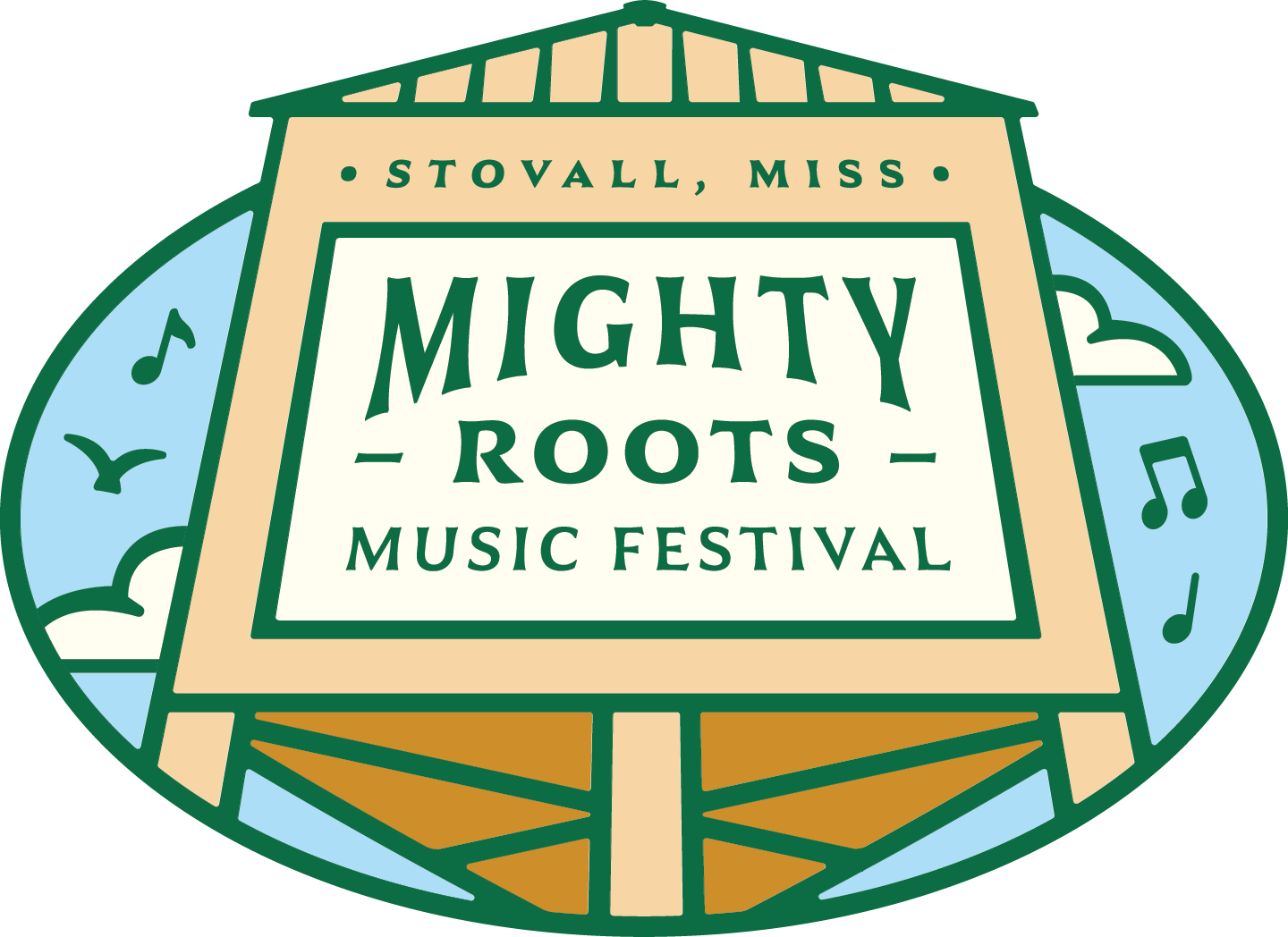THE STOVALL STORE
There has been a store at the location of the Stovall Store for over 100 years. The wooden structure of the 1920’s (we are looking for that photo) burned at some point and was replaced by the current brick structure.
That wooden store would have served as both store and honky tonk, and there is no doubt that Muddy Waters and other blues men played that location in the 40s and 50s.
Country stores like the Stovall Store once littered the landscape and were a primary social gathering point and center of economic activity back wen road were gravel and folks didn’t own reliable transportation other than horses.
Many of these stores operated as “company” stores, issuing credit and settling accounts at harvest. During the depths of the Depression when money was scarce, some farms issued their own scrip currency, referred to as “brozene” money, that was good only at the company store, thereby creating a closed economy akin to those found in the mining communities of Appalachia. And those systems likely didn’t favor the individual making purchases.
“When self the wavering balance holds, ‘tis seldom well adjusted.” - William H Stovall (the WWII one)
When we look at the Wal-mart-ing of America, we can trace that process to mobility. And the first casualties of that mobility were the country stores. Later came the neighborhood pharmacy and other local businesses, but the tiny country stores were the first to fall. Rising crime in rural areas contributed significantly.
As late as the 1980s the Stovall Store was a thriving business that contained a post office that celebrated its centennial in 1984. Having the post office meant that Stovall had its own zip code, and Stovall kids off at college could literally write home to “Mom and Dad, 38672” and the letter would be delivered properly.
By 2010, after several unsuccessful attempts to revive the store, the Stovall Store closed for good..

